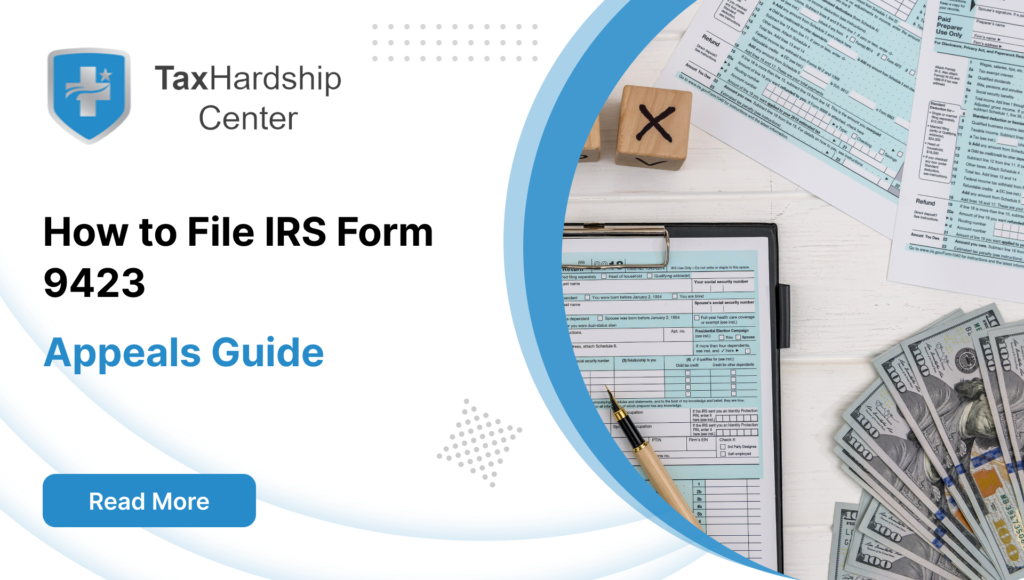The prospect of wage garnishment can be an intimidating and financially burdensome ordeal for individuals who find themselves in its grasp. Wage garnishment is a lawful procedure that enables a creditor to reclaim a portion of a debtor’s earnings to fulfill an outstanding debt.
Wage garnishment, a legal method employed by creditors to reclaim their owed funds, necessitates a comprehensive comprehension of its calculation and the essential measures to safeguard your income. This knowledge is indispensable to preserve your financial well-being and prevent any potential instability.
We have put together this comprehensive guide for wage garnishment calculation. Moreover, we will equip you with valuable insights on safeguarding your hard-earned income effectively. Get ready to dive deep into this enlightening exploration!
Understanding Wage Garnishment
Wage Garnishment indicates a legal process that allows creditors to collect outstanding debts directly from a debtor’s wages and is governed by a comprehensive legal framework. This framework ensures that the rights and interests of both debtors and creditors are protected and provides a clear set of guidelines for implementing wage garnishment.
It is imperative to grasp the legal framework that oversees the wage garnishment process. The process is regulated by federal and state laws in the United States.
The Creditor’s Authority to Garnish Wages: Unveiling the Power of Financial Restitution
When creditors have successfully obtained a court judgment against a debtor, they can pursue wage garnishment. There are specific types of debts that can lead to wage garnishment without the need for a court judgment. These include obligations like child support, alimony, and unpaid taxes.
The maximum percentage that can be garnished from one’s wages is known as the “Maximum Garnishment Percentage.” The federal law establishes clear boundaries regarding the proportion of your income that may be subject to garnishment. According to recent reports, it is typically recommended that individuals allocate a maximum of 25% of their disposable income or the amount that exceeds 30 times the federal minimum wage, whichever is lower.
It is important to note that state laws have the authority to enforce additional restrictions, so you must familiarize yourself with the specific regulations in your state.
Calculating Wage Garnishment: A Comprehensive Guide
In this section, we will delve into the intricacies of calculating wage garnishment, providing you with a comprehensive guide to navigate this process seamlessly. Gaining a comprehensive understanding of the intricacies behind wage garnishment calculations is of utmost importance when it comes to effectively navigating the turbulent waters of your financial situation. Here is a step-by-step breakdown of the calculation process:
Calculating Disposable Income:
To begin, let’s embark on the exciting journey of calculating your disposable income. Your gross income, which refers to your total earnings before any deductions, is reduced by mandatory deductions such as federal, state, and local taxes.
Deduct Exempt Amounts:
There exist specific categories of income that are immune to the garnishment process. Some examples of these benefits include social security benefits, benefits for veterans, and specific public assistance payments. Please ascertain whether you qualify for any of these exemptions and deduct them from your disposable income.
To ensure fair and reasonable practices, it is imperative to establish and enforce limits on garnishments. As previously stated, federal law typically sets the maximum limit for garnishment at 25% of your disposable income.
Determine the quarter portion of your disposable income by calculating 25% of it, and then compare this amount to the actual sum that the creditor is requesting. The lesser of the two sums is the amount that can be subject to garnishment.
Rules that are specific to a particular state:
Please ensure that you are familiar with any additional rules that may be specific to your state. Certain states have implemented lower limits on garnishments or have established other safeguards to protect particular types of income.
Strategize the Order of Garnishments:
If you face multiple creditors seeking garnishment, they may need to divide and share the allowable percentage. In such instances, the court shall determine a hierarchical sequence for the allocation of resources.
Safeguarding Your Earnings:
Although wage garnishment can pose significant financial challenges, various strategies are available to safeguard your income and overall financial well-being. Be sure to seek expert assistance to gain more knowledge about these strategies.
Engage in Skillful Negotiations with Creditors:
Before commencing wage garnishment proceedings, exploring the possibility of engaging in negotiations with your creditors is advisable. They might be open to devising a payment arrangement that circumvents the need for wage garnishment.
Requesting Exemptions:
If you happen to possess exempt income sources, it is crucial to assert your rights to safeguard these funds from being garnished. Seek the guidance of a seasoned attorney with expertise in debt and wage garnishment matters. They can offer invaluable advice tailored to your unique circumstances and potential legal solutions.
Master the Art of Financial Planning:
Developing a stringent budget is paramount in effectively managing your finances amidst the challenging circumstances of wage garnishment. When managing your finances, it’s important to prioritize the essential expenses that are crucial for your well-being.
These include housing, utilities, and groceries, which should be at the top of your list. By focusing on these necessities, you can ensure that your basic needs are met. At the same time, it’s wise to reduce your discretionary spending.
This refers to the non-essential expenses that are not vital for your day-to-day life. You can free up more resources for your essential needs by cutting back on these discretionary expenses. By adopting this approach, you can balance meeting your basic requirements and managing your finances responsibly.
Embark on a Journey of Financial Renewal – Discover Bankruptcy Alternatives
In certain circumstances, opting for bankruptcy can be a viable solution to halt the wage garnishment process. Bankruptcy laws offer a valuable means to either eliminate or reorganize specific categories of debts.
Keep yourself updated:
Stay informed about any updates regarding your financial situation and any wage garnishment orders. Please ensure that the appropriate amount is being deducted and promptly resolve any discrepancies that may arise.
Conclusion
It can be inferred that the evidence presented supports the notion that the proposed hypothesis holds true. Wage garnishment, a multifaceted legal procedure, carries substantial consequences that can significantly impact your financial well-being.
Gaining a comprehensive understanding of the intricacies involved in calculating wage garnishment and familiarizing oneself with the legal framework that governs it is of utmost importance. Doing so can safeguard your hard-earned income and empower you to make well-informed decisions.
By skillfully engaging in negotiations with your creditors, strategically utilizing exemptions, seeking expert legal counsel, practicing prudent budgeting, and, if circumstances dictate, exploring the possibility of bankruptcy, you can adeptly navigate the challenging waters of wage garnishment.
In doing so, you will mitigate the immediate financial impact and safeguard your long-term financial well-being. Remembering the immense value of seeking professional legal advice and financial counseling during this trying period is crucial. These Tax experts possess the knowledge and expertise to guide you toward making the most optimal decisions tailored to your specific circumstances.








